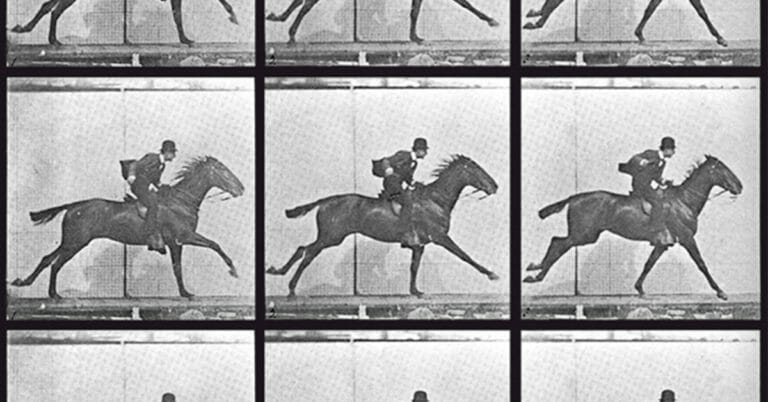Sign up for the
TSL Newsletter
and get $50 off Final Draft 12
By Danielle Karagannis · November 30, 2018

As a filmmaker, there are two ways to ensure you’re continually improving your knowledge and craft: Make content. Go study.
I’m going to touch upon the studying aspect. Fortunately, there are endless resources at one’s fingertips – watching film and television, reading scripts, examining fundamentals of a film-show-script, reading filmmaking books, taking classes, attending seminars/lectures, networking, watching interviews, Q&A’s, assisting, having a mentor, interning…
The list goes on. And with that, it (definitely) has the potential to get pricey and not everyone can afford the exuberant costs. That’s where we, as filmmakers, have to get creative in our education, because for the number of expensive resources, there are affordable and/or free ones, too.
So let’s say you’re looking for a free class of sorts, there’s a good chance you’ll hop on YouTube. Now that you’re on YouTube, enter: Every Frame A Painting, which provides short content (typically between three – ten minutes in length) that offers thoughtful, analytical insight into an array of filmmaking’s essentials. Over the years, the series has gained a devoted following, with over 1.5 million subscribers.
That said, the creators of Every Frame A Painting, Taylor Ramos and Tony Zhou, have respectfully decided to conclude its run. You can read about that here.
To celebrate this resourceful and noteworthy series, I’m going to break down some of my favorite lessons I’ve learned from their top-five most highly rated episodes.
Depicted through the legendary Jackie Chan, it’s broken down the way he assimilates action and comedy into one – how methods of him making these films internationally, like Hong Kong, vary from how they’re made in America. To start, the action…
Taylor and Tony discuss a crucial difference – in America, it’s common practice for action scenes to have excessive cuts especially on the hit. Meanwhile, in Hong Kong, it’s common practice to hold the shot long enough so fluidity, movement, and pace can be created. How does this affect action, per say?
The excessive cuts don’t actually allow the audience to see the fight at hand – no genuine beginning, middle, or end in said physical motion. Whereas for Jackie Chan and holding on the shot – the audience can grasp the fight’s follow through.
Regarding comedy, there are various choices Jackie Chan makes. One I found particularly fun, the fact he uses any object available to his advantage. It’s not just your traditional weapon, but instead, “take something familiar” (the fight), “use something unfamiliar” (the untraditional object).
Every Frame A Painting has a great segment entitled The Marvel Symphonic Universe. They structure this piece by asking random people to sing specific theme songs, like Star Wars, James Bond, Harry Potter… But, when asked if they could sing songs from a Marvel film, everyone was stumped. And for Marvel being a powerhouse with their franchise, this seems a bit surprising. So, Taylor and Tony investigated the matter.
Something pointed out was that with Marvel, the score typically plays it safe whether predictable choices, keeping music mostly in the background furthermore unnoticeable, and often times utilizing temp music. Due to this, they state how it doesn’t challenge an audience’s expectations vs. Harry Potter – where the score has a unique individualized essence AKA something to remember Harry Potter by.
Similar to #2, Taylor and Tony analyze how too many comedies incorporate predictable choices – a set formula, rather than integrating visual risks and actions. Exhibited through Edgar Wright, it’s shown how the unconventional can enhance a story’s comedic value, as well as the story itself.
Like most directors, Edgar Wright has adapted his own “thing” – consistent elements that are apparent through his films. With comedy, his style of implementing visuals is especially awesome – visuals that accomplish something that seems minor, yet makes an evident statement due to its distinctive nature. For example: how an item or person enters/exits frame, how he displays the passage of time, action (like fight sequences) being synchronized to music, and so forth.
A good way to establish lazy storytelling is when there’s a dependency on TELLING information to the audience, often done through dialogue. Meanwhile, an essential approach to strong storytelling is to instead SHOW. When this occurs, an audience typically absorbs information through visuals and music. In this instance, let’s talk visuals.
Taylor and Tony point out the first things, as an audience, we may notice when looking at a shot – colors, light, shape and balance… All of which create a solid image, and are powerful ways to SHOW information. For Japanese screenwriter and director, Akira Kurosawa, a way he famously did this was by including movement.
Akira Kurosawa typically emphasized this portrayal via nature, groups of people, the camera, or even the shot’s cuts itself. All of which communicate visual sensory and emotion, rather than spoon-feeding.
As a whole, there’s a common theme through the Every Frame A Painting series.
Take risks! Trust your audience will appreciate something different. Do your thing; find your voice – that’s far more compelling than the contrary.
 Danielle Karagannis is a writer/director. She’s in post for her third short film (and proof of concept) GROUND CONTROL and in development for several productions between features, shorts, and music videos. Instagram: https://www.
Danielle Karagannis is a writer/director. She’s in post for her third short film (and proof of concept) GROUND CONTROL and in development for several productions between features, shorts, and music videos. Instagram: https://www.
For all the latest from The Script Lab, be sure to follow us on Twitter, Facebook, and Instagram.